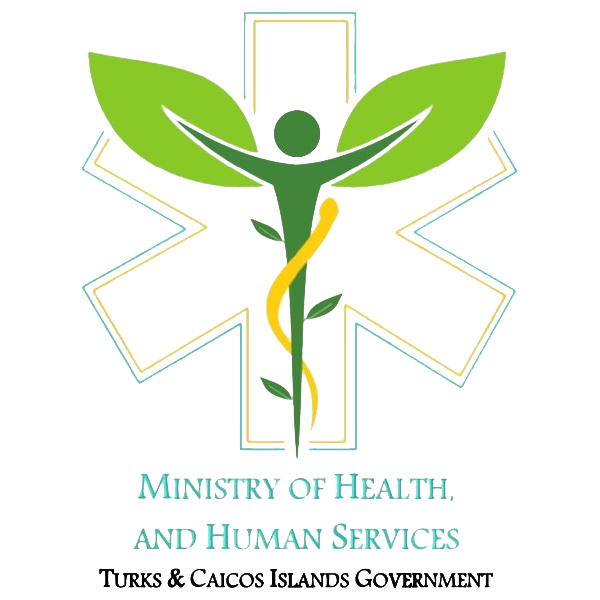

Transmission of coronavirus in general occurs much more commonly through respiratory droplets than through fomites. The infection risk from coronavirus (COVID-19) following contamination of the environment decreases over time. It is not yet clear at what point there is no risk, however, current evidence suggests that COVID-19 may remain viable for hours to days on surfaces made from a variety of materials. Studies of other viruses in the same family suggest that, in most circumstances, the risk is likely to be reduced significantly after 72 hours. The risk of infection depends on many factors, including:
Cleaning of visibly dirty surfaces with soap and water followed by disinfection is a best practice measure for prevention of COVID-19 and other viral respiratory illnesses in community settings.
Employers are advised to perform a general cleaning of office spaces prior to staff returning to work, especially in those offices that remained closed during the “shelter in place” period.
WHAT YOU NEED TO KNOW
PERSONAL PROTECTIVE EQUIPMENT (PPE)
The minimum PPE to be worn for cleaning an area where a person with possible or confirmed coronavirus (COVID-19) is disposable gloves and an apron. Hands should be washed with soap and water for 20 seconds after all PPE has been removed.
If a risk assessment of the setting indicates that a higher level of virus may be present (for example, where unwell individuals have slept such as a hotel room or an apartment building) or there is visible contamination with body fluids, then the need for additional PPE to protect the cleaner’s eyes, mouth and nose would be necessary.
CLEANING AND DISINFECTION/DECONTAMINATION
Public areas where an individual with symptoms passed through and spent minimal time, such as corridors, but which are not visibly contaminated with body fluids can be cleaned thoroughly as normal.
All surfaces that the person with symptoms came into contact with must be cleaned and disinfected, including:
Before cleaning, ensure that all necessary tools and equipment are prepared and readily available. Cleaning tools, cleansers/disinfectants, measuring tools and protective gear will be needed.
Cleaning tools:
Cleansers/disinfectants:
Measuring tools:
Protective gear:
Use disposable cloths or paper roll and disposable mop heads, to clean all hard surfaces, floors, chairs, door handles and sanitary fittings. Bleach solution is a strong and effective disinfectant. Its active ingredient, sodium hypochlorite, denatures protein in micro-organisms and is therefore effective in killing bacteria, fungus and viruses. Household bleach works quickly and is widely available at a low cost. Diluted household bleach is thus recommended for the disinfection of facilities.
Improper use of bleach may reduce its effectiveness in disinfection and also lead to accidents which can be harmful to health. Overuse of bleach or using a bleach solution that is too concentrated results in the production of toxic substances that pollute the environment and disturb ecological balance.
Procedures of Preparing/Using Diluted Bleach
PERCAUTIONS
When items cannot be cleaned using detergents or laundered, for example, upholstered furniture and mattresses, steam cleaning should be used.
Any items that are heavily contaminated with body fluids and cannot be cleaned by washing should be appropriately disposed of.
WASTE
Waste from office spaces are not considered infectious waste. After decontamination, wipes can be disposed in with your solid waste and mop water can be discharged to the sanitary sewer. If, however, a member of staff develop signs and symptoms related to COVID-19, put waste including, disposable or washing-up gloves, aprons used for cleaning and disposable wipes in a double-bag, store securely for 72 hours, then thrown away in the regular rubbish.
Reference:
https://www.gov.uk/government/publications/covid-19-decontamination-in-non-healthcare-settings
https://www.cdc.gov/coronavirus/2019-ncov/community/guidance-business-response.html
As the COVID-19 situation continues to develop, the Ministry of Health will provide updates if any additional precautions are recommended